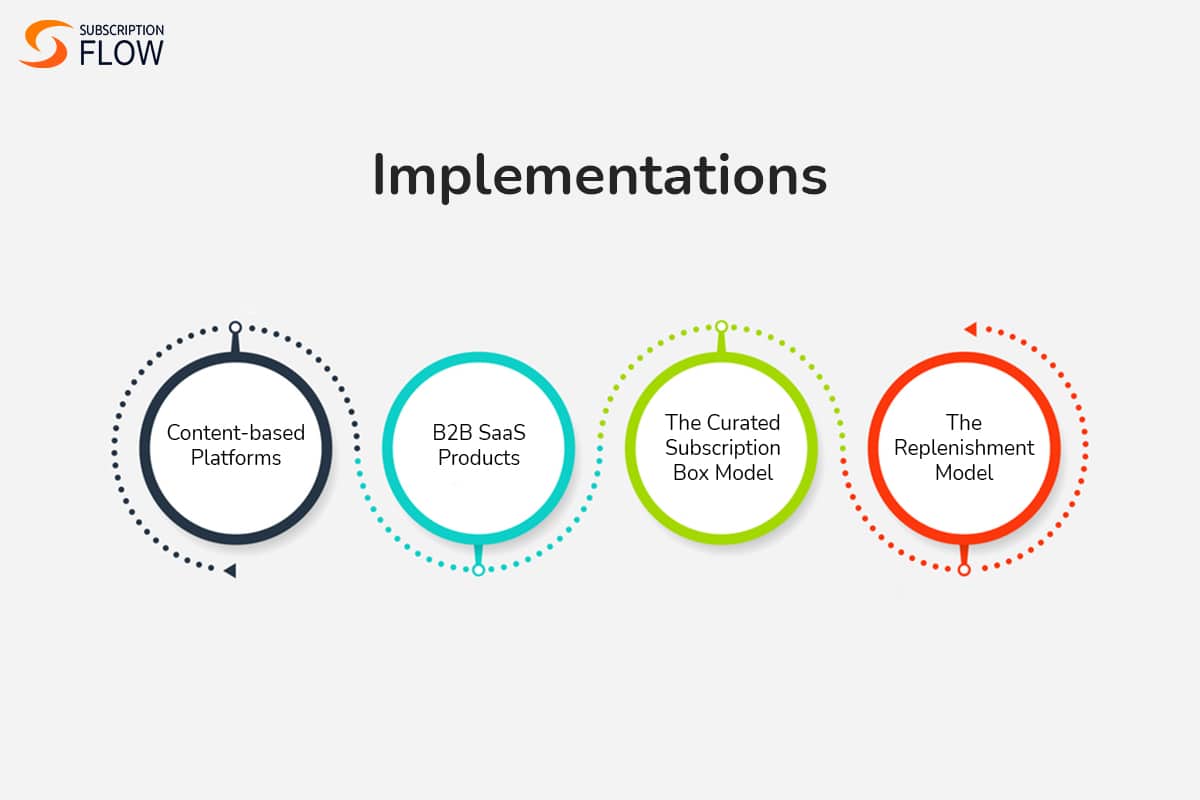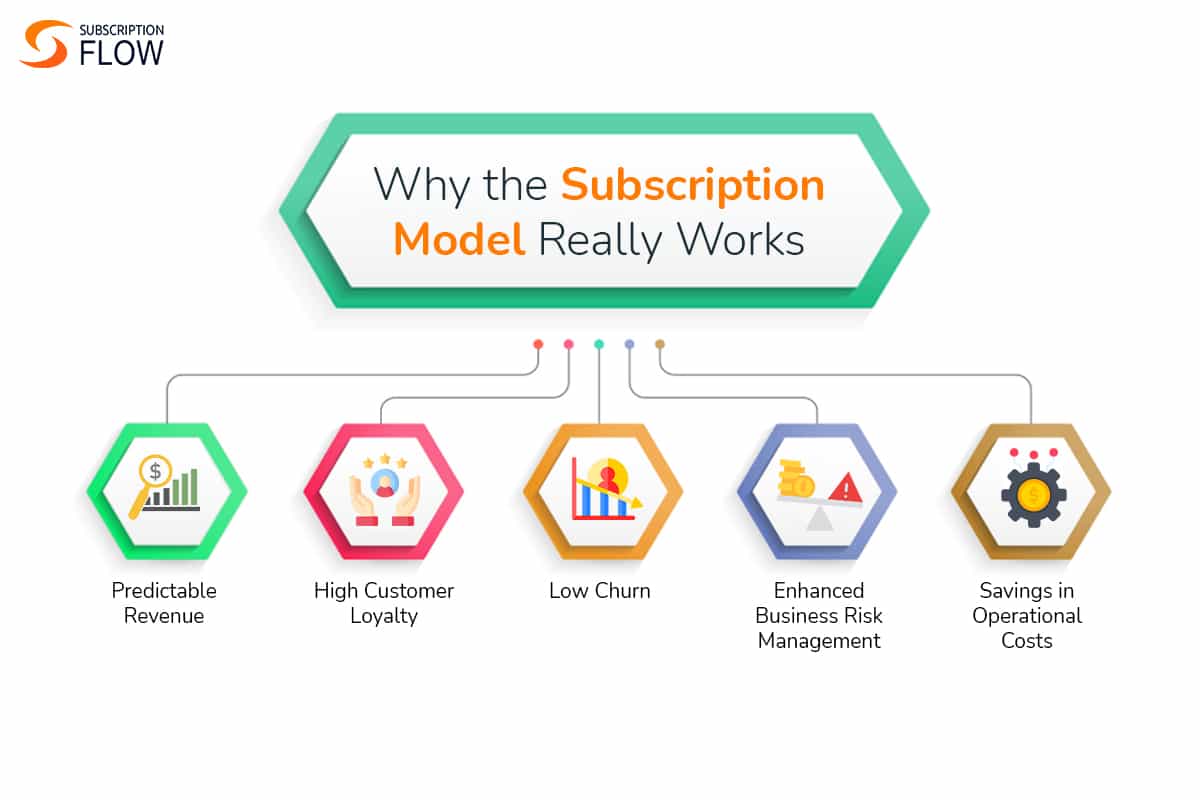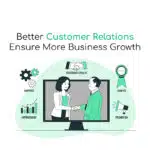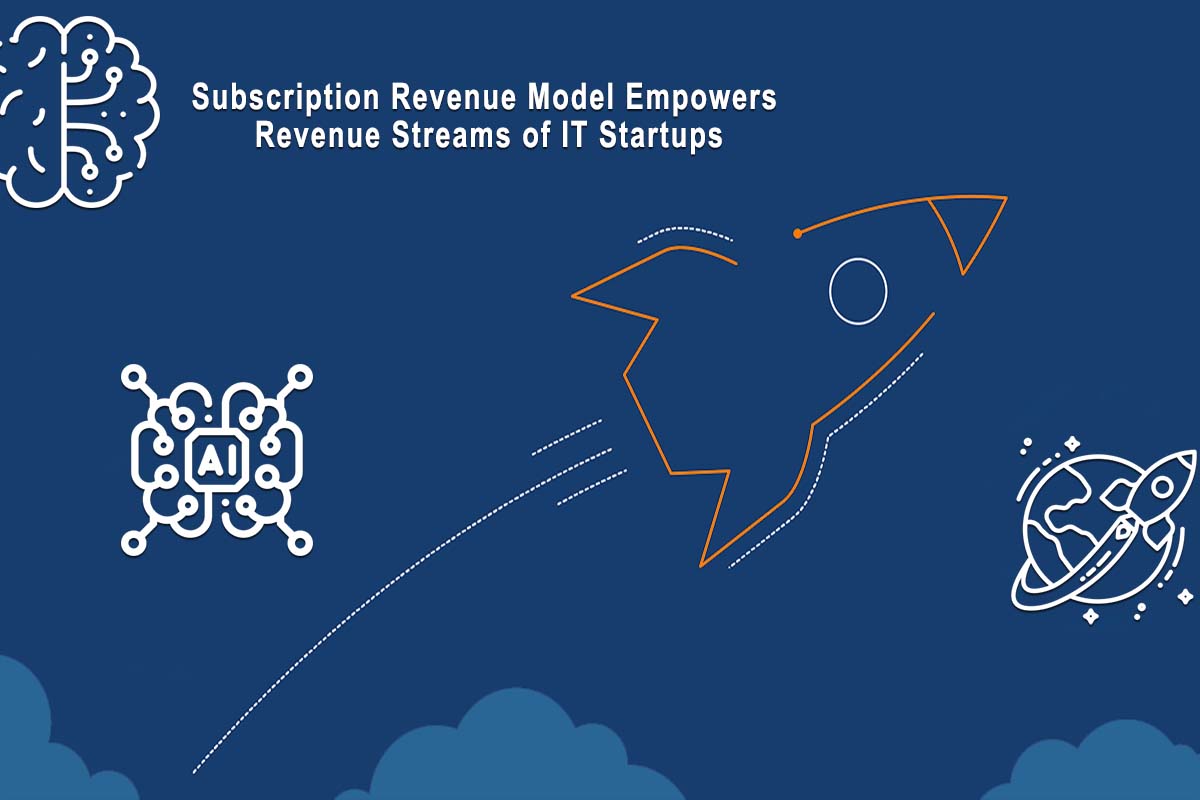
The Ultimate Guide to Subscription Businesses for Dummies
What’s the first thing that comes to your mind at the mention of a subscription-based business?
Chances are high it is something along the lines of Netflix, Hulu, Amazon Prime or Spotify!
This shows just how dramatically OTT (over-the-top) media streaming platforms have grown by utilizing the subscription business model which only continues snowballing in popularity! The projected growth of the subscription economy from 650 billion USD in 2020 to 1.5 trillion USD
So, what’s going on! And how can you hop on the bandwagon by building a subscription business, more sustainable than your 9 to 5!
Let’s start with the basics.
What are the Different Types of Subscription Businesses?
Traditionally, only newspaper and magazine publishers worked based off this membership model. But today more businesses fall under this category than you think! Huge strides in technology, particularly in the growth of the SaaS or software-as-a-service sector, blew this model up to encapsulate just about any industry you can think of!
After all, any product needed repeatedly or any service required over an extended period of time, can fit into the recurring billing model, which is convenient for consumers and beneficial for businesses! And here lies the secret to its success – everybody wins!
From video and music-streaming platforms to taking an online course, from finding a job on LinkedIn to joining a gym, from receiving a wine subscription box to buying cloud storage for your photos, from shopping for groceries to hiring a car rental all the way to getting your favorite razor shipped to you home every month, if you can think it, there is probably a subscription available for it!
Every business under the sky is finding a way to incorporate subscription-based services into their mode of operation and cash in on this evolution in the culture of consumption!
And yours can too!
Unsure about where to start?
We’ve got your back with this complete guide on everything you need to know about how subscription businesses work!
Let’s dive in.
How Does the Subscription Business Model Operate?
Subscription businesses operate by providing consumers with prolonged access to a product or service through recurring payments, instead of receiving a large lump-sum payment! This increases the lifetime value (LTV) of your customers and helps you scale up your business fast but more on that later.
Popular Implementations of the Subscription Model
Subscription services, when tailored properly, function really well in many markets.
Here are some popular implementations:
1. Content-based Platforms:
In this type of subscription customers make recurring payments for access to premium content. This includes all the popular music (Spotify, Apple Music etc.) and video-streaming (Netflix, Hulu etc.) platforms most typically associated with this model, but also online courses, audiobooks, news articles, scientific journals and the list goes on and on!
Many social media platforms that offer freemiums also incorporate the subscription model for premium content and services! LinkedIn is a popular example.
2. B2B SaaS Products:
SaaS is the second most popular implementation of this model and involves access to a specialized service that is billed on recurring basis. Cloud software products are big players and accounted for 45% of the digital subscription economy in 2020.
Categories of services that businesses subscribe to include things like office suites (Microsoft Office etc.), internal communication (Slack etc.), marketing (GetResponse etc.), software development (GitHub) or subscription management (SubscriptionFlow etc.) among many others.
3. The Curated Subscription Box Model:
Businesses using the subscription box model deliver physical products to the customers doorstep at predefined intervals e.g., monthly or quarterly subscriptions. This version of the model targets niches very well! This includes books, cosmetics, cooking and cooking ingredients, as well as, alcoholic beverages to name just a few.
4. The Replenishment Model for Consumables:
This implementation focusses on products that consumers need to restock or replace with new ones regularly. McKinsey reports that 1/3 of the e-commerce subscription market consists of this type of service. The shining star example is Dollar Shave Club, selling shaving products to men.
Why Does it Work so Well?
What does this model offer that one-time transaction-based E-commerce businesses just can’t compete with!
Here are some secrets to the success of this model:
1. Predictable Revenue
Active subscriptions are generally renewed automatically with a pre-authorized payment method. This recurring billing creates a steady, dependable stream of revenue as opposed to traditional models where sales fluctuate much more chaotically.
Two metrics become relevant to measure: Monthly Recurring Revenue (MRR) and Annual Recurring Revenue (ARR). To calculate your MRR, you simple multiply the number of active subscribers with the price of the subscription. And to calculate your ARR, which tracks long-term contracts, you simply divide the total contract value by the number of years.
The financial security from this steady revenue stream allows your business to invest in long-term projects and actualize steady growth for your enterprise.
2. High Customer Loyalty
Subscription-based businesses build long-term relationships with their clients and are ultimately more geared towards customer retention than customer acquisition.
Building a sense of community in your subscribers taps into a primal human need to belong somewhere, which means the consumer is willing to stick around for a long time, if you continue to add value and foster pride in them – this will be obvious if you’ve ever talked to the owner of an Apple product!
The recurring invoice in your customer’s inbox feels more like a good morning text from someone they love – which makes saying goodbye much harder and promotes customer retention. Fostering community feeling also allows you to diversify your revenue streams in the future!
3. Low Churn
Subscription businesses have relatively low churn rates. After all, if your customer keeps getting their what they need through a convenient automated process, there’s no reason for them to want to leave!
4. Affordable Pricing
Billing your subscribers weekly, monthly or annually allows businesses to spread out their operational costs, unlike in the case of one-time transaction-based businesses that need to maximize profit from each individual sale.
This means subscription enterprises have the space to offer more affordable pricing which facilitates customer acquisition as well! The simple psychological fact that consumers prefer multiple smaller payments to one large one is after all the entire premise of the insurance industry.
5. Enhanced Business Risk Management
Communicating and getting feedback from your subscribers allows you to improve your services and keep dynamically growing your business. A good subscription management system offers you many features to engage with your consumer. That coupled with the predictability of operational flow means your business can foresee any disasters well ahead of time and mitigate associated risks.
6. Savings in Operational Costs
Predictable demand also allows your business to optimize operational and logistical costs, thereby maximizing your revenue.
How to Start a Subscription Business?
If you are an online creator or entrepreneur looking to utilize this model, you can follow the following steps to break into your subscription business entrepreneur shoes:
1. Start by validating your subscription business idea
It all starts by finding a product or service that people are willing to pay for and it really helps to go with something you are already passionate about for two reasons:
- It puts you inside the consumer mindset, and,
- Gives you the passion to power through the tough initial stages where it feels like you are supplying this product or service for free.
The next step is to plan on how to implement this model.
Michelle Bali at Shopify recommends, for instance, the curation model if you already have a niche audience and useful brand connections, but she also warns that this model comes with a higher churn rate, as the novelty of your service wears off and entails complex and costly operational costs. It is likely also the first to go under when a recession hits! These are the sort of considerations that should go into your implementation choice.
2. Develop a good price positioning to promote customer acquisition
The biggest motivation behind subscription is a good value for money. This is why it is important to develop good pricing strategy that facilitates in acquiring new customers.
For instance, if you elect the replenishment model your pricing has a thin margin of variation or your target audience will take their business elsewhere.
3. Pick a subscription management platform aligned with your goals
A purpose-built subscription management platform to streamline your workflow and help you manage subscriptions and recurring billing will be a gift to your business, that just keeps on giving!
4. Offer tons of free value through a well-developed marketing strategy
Affordable prices don’t pair well with bad-fit users. To protect your business, you must design a robust marketing funnel such as a YouTube channel where you offer tons of information for current and potential subscribers.
5. Develop a plan for stellar customer experience to promote customer retention
Some case studies show that a 5% increase in customer retention can boost revenue by 25% which means you really have to treat your customers to the highest level of customer service, as well as, a smooth and secure transaction process. A premium recurring billing management software or CRM can help make this happen!
Phew! And that’s a wrap on everything you need to get started on building your own subscription business or making the switch to this crazy successful model!

















